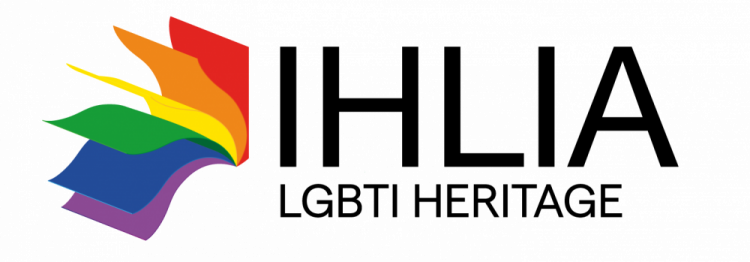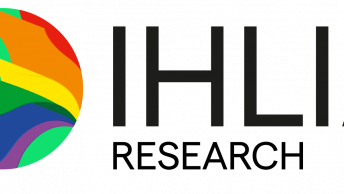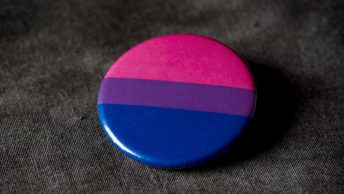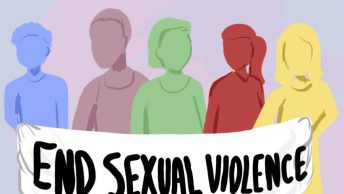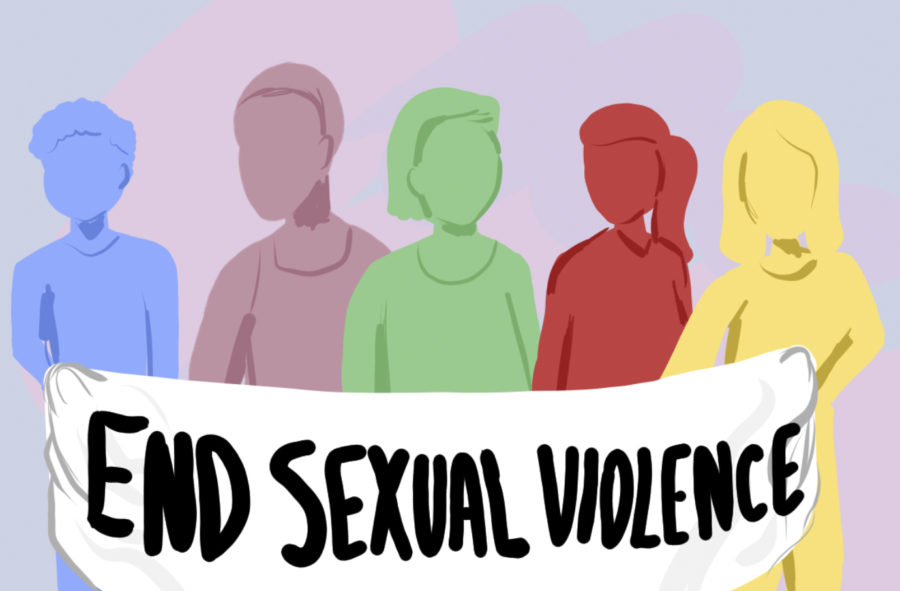
Why are LGBTQ+ people more likely to be sexually assaulted, harassed, and abused then cisgender and heterosexual people (Florez)? During this blogpost series, the ways in which LGBTQ+ people are vulnerable to sexual abuse and the impact it has on their general wellbeing will be uncovered.
This post will be focusing on the impacts and vulnerabilities of experiencing sexual abuse for the third letter and some of the plus in the LGBTQ+ acronym. Including those who identify as bisexual, pansexual, and anyone attracted to multiple genders. These identities will be analyzed alongside each other in the LGBTQ+ community in order to see the similarities and differences between these groups struggles. Those who have been abused will be addressed as survivors rather than victims so as to give autonomy to the survivor who has been wronged (Papendick).
Read also Lindsay Sayer’s first blog post which focuses on the impacts and vulnerabilities of experiencing sexual abuse for the first two letters of the LGBTQ+; lesbian and gay people
*The modern-day definition of bisexual is being attracted to one or more gender, or being attracted to your own gender and other genders. Similarly, pansexual will be defined as being attracted to all genders regardless of their gender identity. This post not only applies to bisexual and pansexual people though; anyone who is attracted to multiple genders, including those who do not subscribe to any LGBTQ+ (Lesbian, Gay, Bisexual, Transgender, Queer/Questioning) labels are included.
Anyone of any gender, sex, sexuality, race, ethnicity, class, or ability can be a survivor of sexual abuse. Those who are LGBTQ+, disabled, and BIPOC (Black, Indigenous, People of Color) communities, are more vulnerable to being sexually harassed, assaulted, and raped than their counterparts (National Sexual Violence Resource Center).
The unique struggles of bisexual+ people who are survivors of sexual abuse will be emphasized in this article as well as some of their intersecting identities. Incorporated into this discussion will be the immediate effects, lasting effects, and life outcomes of survivors. Overall, there will be an investigation of the impacts of sexual abuse on people who identify as bisexual, pansexual, and those who are attracted to multiple genders.
Lindsay Sayer is a Bachelor student of Humanities and Sciences at Ithaca College
Cover photo: picture by Lauren Pettit, The Daily Evergreen.
The Bisexual+ Survivors
Bisexual women are statistically more likely to experience rape than people who identify as bisexual men, lesbian, gay, or straight (Schulze). This disparity exists for more reasons than one, including many stereotypes and biases that harm the bi+ community.
Some of them are promiscuity, hypersexuality, one’s identity being seen as a phase, psychological instability, and a lack of acceptance from gay, lesbian, and non-LGBTQ+ communities. The product of these stereotypes and biases have real consequences for the prevalence of sexual abuse in the bi+ community.
For example, hypersexuality and promiscuity propagate victim blaming; or the idea that a survivor was asking for it and wanted to be abused. Essentially, bi+ people are thought of as sexual objects who want to have sex with everyone, all the time, because they are attracted to many genders.
These justifications for abuse are detrimental to the bi+ community, who are more likely to experience sexual abuse and IPV (intimate partner violence) than gay and lesbian people (Flores).
Biphobia and bierasure have separated bi+ people from the LG and non-LG community. Often, they are perceived as being in the process of figuring out their sexuality, rather than being at peace with their identity.
In reality, bi+ people are not limited to the binary, and can be just as confident in their sexuality as gay, lesbian, and straight people.
Due to this disbelief of identity, it is more common for bi+ people to not be believed when they report being sexually abused. The bi+ community would benefit from queer and non-queer communities believing that their sexuality is real, valid, and unquestionable.
Outcomes and Sexual Abuse
Each survivor has different emotional, psychological, physical, and social outcomes following sexual abuse. In this section, there will be a focus on the social outcomes of being sexually assaulted as a bi+ person.
Those inside and outside the queer community have become distrusting of bi+ people because of the stereotypes in the previous section. In terms of reporting, a common product of bierasure is not being believing that a sexual assault has happened (Ovrebo).
Conversely, having an understanding and empathetic support system can make all the difference to survivors who are in need of assistance and a sense of control from their confidants (RAINN).
Much more research is yet to be done on this topic, and there is much more to uncover about the outcomes of sexual abuse for the bi+ community.
Overall, suspicion about a person’s experience as a survivor of sexual abuse negatively affects the survivor’s mental health, likelihood of reporting, and receiving help. These struggles increase when a person has other compounding marginal identities which include being disabled, BIPOC, and undocumented (Brauwers).
Conclusion
Throughout this blog, there have been discussions about the vulnerability and impacts of sexual abuse within the LGBTQ+ community, specifically bisexuals and people attracted to multiple genders.
Research has shown that bi+ people have similar vulnerabilities as LG survivors, such as hypersexualization. Nonetheless, bi+ people have particular unique struggles including victim blaming, biphobia, and bierasure which affect the rate of bi+ people who are abused at a higher rate than LG people.
The social outcomes of these vulnerabilities are disbelief of abuse, suspicion of identity from inside and outside the LGBTQ+ community, low likelihood of reporting, and low likelihood of receiving help.
The goal of this post is to highlight the unique experiences of a community who does not always get the attention they deserve for their struggles.
In the next and final post of this series, there will be discussion about the vulnerabilities, impacts, and outcomes of sexual abuse on behalf of those who identify as transgender, non-binary, and gender-non-conforming.
Resources for Survivors
If you or someone you know are a survivor of sexual assault, harassment, or abuse, do not hesitate to reach out to one of these resources below.
References
“Black Women and Sexual Assault.” The National Center on Violence Against Women in the Black Community , UJIMA, Oct. 2018.
Brauwers, Mike, and Sandro Kortekaas. LGBT Asylum Support, 3 Feb. 2021
Flores, Andrew R., et al. “Victimization Rates and Traits of Sexual and Gender Minorities in the United States: Results from the National Crime Victimization Survey, 2017.” Science Advances, vol. 6, no. 40, 2 Oct. 2020.
Israel, Tania. “Bisexuality: From Margin to Center.” Psychology of Sexual Orientation and Gender Diversity, vol. 5, no. 2, 2018, pp. 233–242.
“LGBTQ Survivors of Sexual Violence.” RAINN.
Ovrebo, Elin, et al. “Bisexual Invisibility in Trauma: PTSD Symptomology, and MentalHealthcare Experiences among Bisexual Women and Men versus Lesbians and Gay Men.” Journal of Bisexuality, vol. 18, no. 2, 2018, pp. 168–185.
Papendick, Michael, and Gerd Bohner. “‘Passive Victim – Strong Survivor’? Perceived Meaning of Labels Applied to Women Who Were Raped.” PLOS ONE, vol. 12, no. 5, 2017.
Schulze, Corina, et al. Gender Identity, Sexual Orientation, and Sexual Assault Challenging the Myths. Lynne Rienner Publishers, 2019.
“Statistics In-Depth.” National Sexual Violence Resource Center, Center for Disease Control and Prevention.
